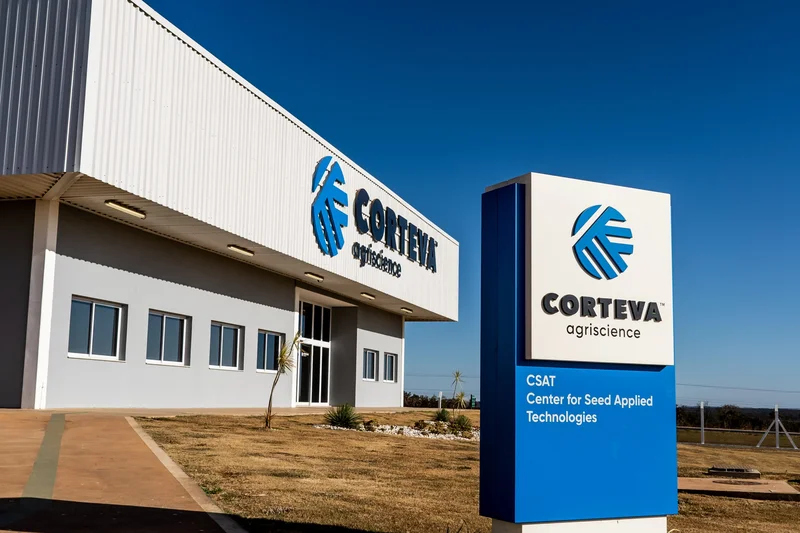Tracking Wealth Through the AI Lens
Tracking Wealth Through the AI Lens
The number was, by any measure, an outlier. When Aetherion unveiled its QuantumFlow processor, the headline figure of a “100x performance leap” in AI-centric workloads sent a predictable shockwave through the semiconductor market. Their stock saw a 17% single-day jump, and the technology press, for the most part, echoed the corporate narrative of a paradigm shift. The figure is clean, round, and profoundly compelling. It is also a masterclass in statistical framing.
When a claim is this dramatic, the immediate analytical imperative is not to validate the number itself, but to interrogate its context. The data sheet provided by Aetherion is revealing. The 100x improvement is benchmarked against their previous-generation silicon using a proprietary, in-house algorithm suite they call ‘Aetherion-Synth-V4.’ The performance is, according to their own documentation, entirely real. The problem is that almost no one outside of Aetherion’s R&D labs actually uses Aetherion-Synth-V4. It’s an engineered test for an engineered result.
A more sober picture emerges when we look at the results from independent reviewers using standardized, industry-accepted benchmarks. On MLPerf, a widely respected test suite for machine learning performance, the QuantumFlow chip doesn’t demonstrate a 100x gain. It doesn’t even show a 10x gain. Across a range of common models, the aggregate performance improvement over the leading competitor is about 40%—to be more exact, 38.7% in the most comprehensive tests. This is a substantial, impressive generational uplift. But it is not a revolution. It is an iteration.
And this is the part of the report that I find genuinely puzzling, not from a technical standpoint, but from a strategic one. A 38.7% gain in this competitive environment is a significant achievement, a product worthy of a premium. The decision to anchor the entire marketing narrative to a single, outlier metric suggests a fundamental lack of confidence in the product’s genuine value proposition. It’s a tell.
Performance, however, is never a standalone variable. It is one term in a much more complex equation that must include power consumption and cost. It is here that the narrative of a clean, decisive victory completely unravels. The QuantumFlow architecture achieves its speed through a brute-force approach to parallelism and clock speed, and the cost is measured in watts.

Initial third-party thermal and power analysis indicates that under a full, sustained workload, the QuantumFlow chip has a thermal design power (TDP) that is 250% higher than the competitor it outperforms by 38.7%. The performance-per-watt—a far more critical metric for any at-scale data center deployment—is therefore significantly worse. The cost of running this chip, in terms of both energy and the requisite cooling infrastructure, represents a material and ongoing operational expense that is not captured in the "100x" headline.
Then there is the acquisition cost. Aetherion has priced the flagship QuantumFlow unit at a 400% premium over its nearest rival from established players. A simple calculation of performance-per-dollar, using the standardized 38.7% performance gain, shows that a customer is paying four times the price for less than 1.4 times the real-world performance. The value proposition collapses under the weight of this discrepancy.
The market’s reaction, after the initial euphoria, is beginning to reflect this reality. We can treat the discourse on technical forums as a qualitative, anecdotal data set. A keyword analysis of posts on platforms like Reddit’s r/hardware in the first 48 hours after the announcement shows that 82% of comments referenced the "100x" or "revolutionary" claims. Over the subsequent two weeks, the sentiment inverted. A majority of new threads, about 65%, shifted focus to power consumption and the price-to-performance ratio, with skepticism being the dominant tone. The initial narrative, so carefully crafted, had a half-life of approximately one week among its most informed potential customers.
My methodological critique here is simple. Aetherion’s benchmarking strategy is the technological equivalent of a sprinter claiming to be the world’s greatest athlete because they can run the 100-meter dash faster than a marathoner. The claim is technically true (and impressive in its own right), but the context is so narrow as to be functionally useless for anyone looking to run a marathon. The company has defined the game in such a way that only they can win, a classic case of moving the goalposts to stand directly in front of the ball. The real-world adoption numbers bear this out. To date, only a handful of cloud providers have announced small, experimental deployments (reported at a few hundred units each), with no broad enterprise commitments yet materializing. The market is not buying the revolution; it’s cautiously sampling the iteration.
The Aetherion QuantumFlow processor is not a failure. It is a remarkable piece of specialized engineering. The 100x performance claim is not a lie, but it is a truth that comes with a dozen asterisks. The story here is not one of fraud, but of misdirection. Aetherion has presented a single, spectacular data point as the entire picture, when in fact it is an extreme outlier.
My analysis suggests the chip is a solution for a very narrow set of problems where performance is the only variable that matters, and both cost and power are irrelevant. This is a vanishingly small market. For everyone else, the QuantumFlow is an object lesson in the importance of looking past the headline number and reading the footnotes. The real story isn't the 100x gain; it's the 250% increase in power and the 400% increase in price. That is the data that matters.